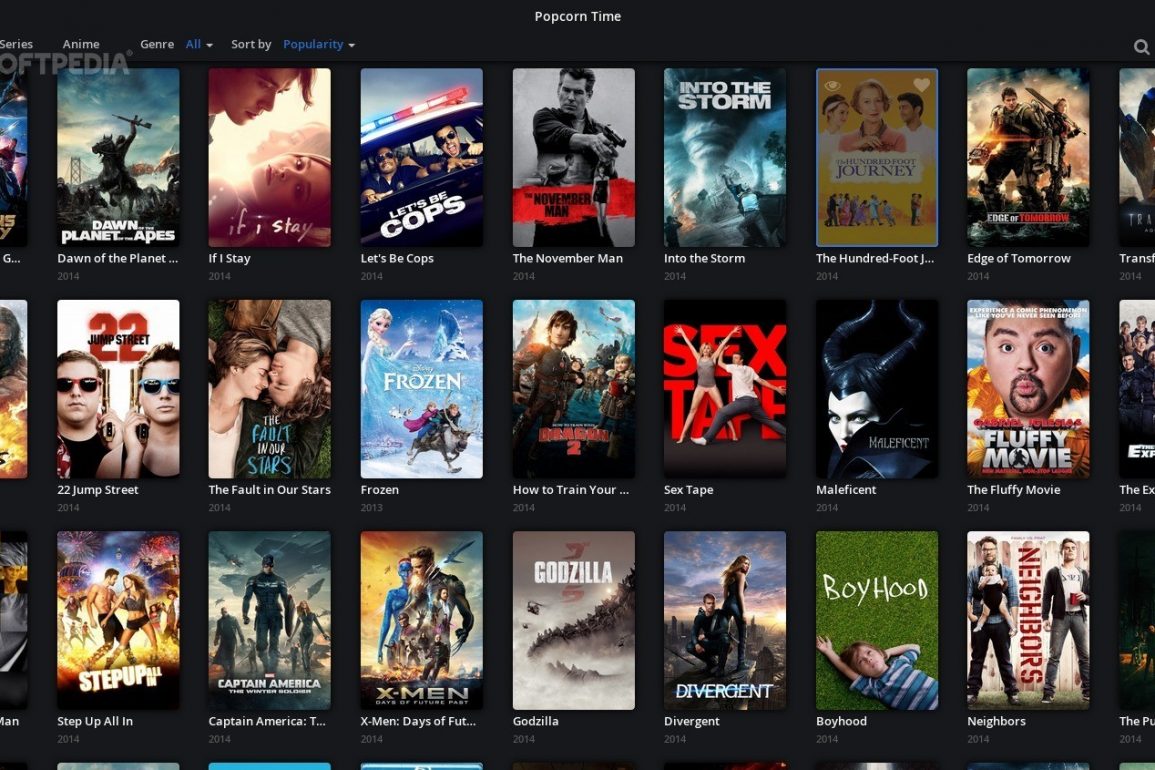In the digital era, every organization must have a website. A business website establishes a business as reputable and trustworthy to its customers. It also provides essential information to the customers about their products and services. A business cannot grow when its website is outdated and stagnant. Hence, website redesign represents an important project in business evolution.
The process of redesigning a website, from strategic discovery through post-launch iteration, transforms a subjective redefined update into a powerful business tool, generating physical results. This article discusses key stages that ensure long-term business growth. The following are important stages for website redesign:
Discovery and Goal Definition
The developers conduct analytics reviews, user behavior, bounce rates, loading speed, and conversion pathways to discover the problems related to the existing website. Concurrently, the organization states its long-term goals. These insights form a crucial part of a Step-by-Step Website Redesign Process, as the defined goals help developers create a redesign strategy that aligns closely with business needs.
Content Audit and Information Architecture
After identifying the shortcomings of the existing website, developers can decide which elements should be added, retained, removed, or rewritten. This process creates a strong foundation for a greatly improved user experience. Understanding what users are looking for helps determine which pages should be prioritized and which keywords should be integrated to enhance SEO.
Information architecture refers to how the website is structured such that navigation and finding information are extremely simple and intuitive. Great architecture means that users easily find what they need; thus, they are more engaged and convert at higher rates. Therefore, this stage plays an essential role in long-term growth.
UX and UI Design
UX (User Experience) focuses on crafting a frictionless and meaningful experience for users as they navigate the website. It includes:
- Wireframing
- User research
- Prototyping
- Usability testing
Good UX makes it easy for visitors to take desired actions—whether purchasing a product, booking a service, or filling out a form.
UI (User Interface) then builds on UX by designing the visual elements that make the site appealing and on-brand. UI design includes:
- Layout
- Typography
- Interaction design
- Visual styling
Together, strong UX and UI create a website that is visually appealing, user-friendly, trustworthy, and conversion-driven.
Development and Technical Optimization
Once the designs are approved, the development stage begins. This involves front-end development (what users see) and back-end development (server-side functionality). At this stage, developers ensure:
- Fast loading speeds
- Fully responsive layouts
- Optimized images
- Clean, scalable coding
Developers also implement fundamental SEO requirements such as metadata, schema markup, alt tags, URL structure, and accessibility standards. Technical optimization ensures the website performs reliably, ranks well on search engines, and can support future updates without technical debt.
Actual Content Creation and SEO Enhancement
High-quality content is essential for communicating your brand message, engaging users, and ranking well on search engines. During this phase, the team will:
- Rewrite and optimize outdated content for clarity and relevance.
- Create new content that addresses user needs and pain points.
- Align all content with SEO best practices to improve visibility and conversions.
A redesigned website cannot succeed without strong content; it is the voice, message, and value that guide users toward a decision.
Testing, Quality Assurance, and Launch
Before going live, the website undergoes extensive testing and quality assurance to ensure everything performs correctly. This includes evaluating:
- Functionality of all site features
- Loading speeds
- Forms, buttons, and links
- Navigation flow
- Mobile responsiveness
After-Launch Monitoring and Continuous Improvement
After launching the website, subsequent monitoring and optimization are essential. Post-launch activities include:
- Tracking user behavior and conversions with analytics tools
- Reviewing performance metrics
- Identifying technical or usability issues
- Monitoring security vulnerabilities
- Collecting user feedback
- Rolling out regular updates and improvements
A successful website overhaul doesn’t end at launch—it evolves through ongoing refinement, user insights, and strategic updates. By following a well-structured Step-by-Step Website Redesign Process, businesses can ensure their website remains a powerful driver of trust, engagement, and long-term growth. Ultimately, a thoughtful redesign becomes more than a visual upgrade—it becomes a catalyst for measurable business success.






